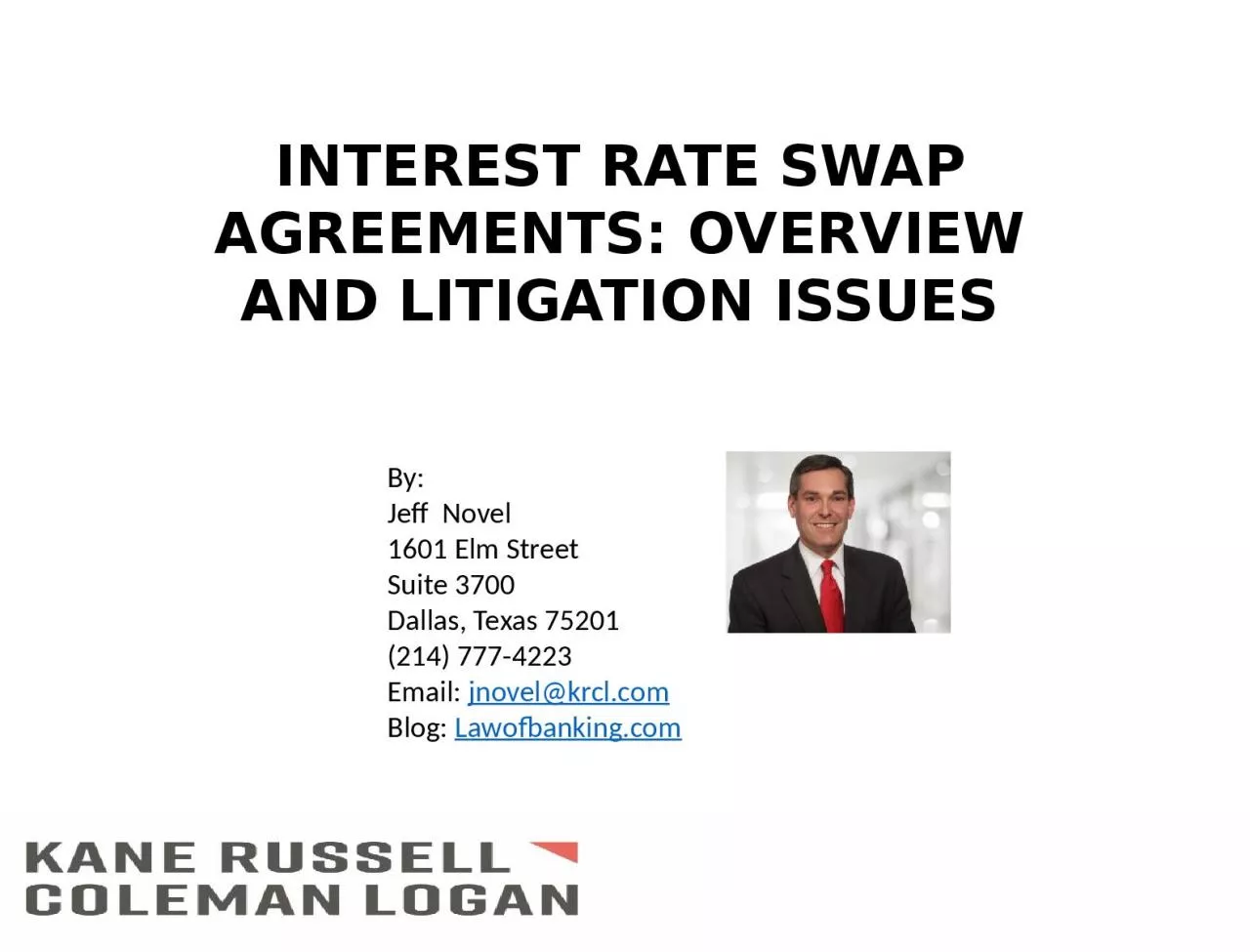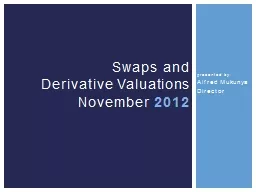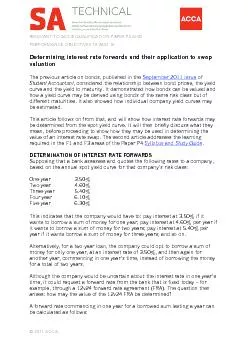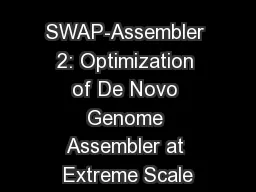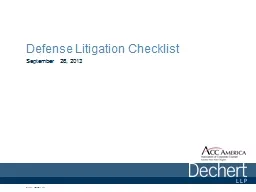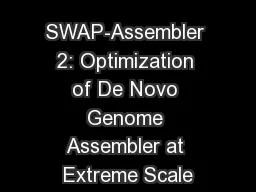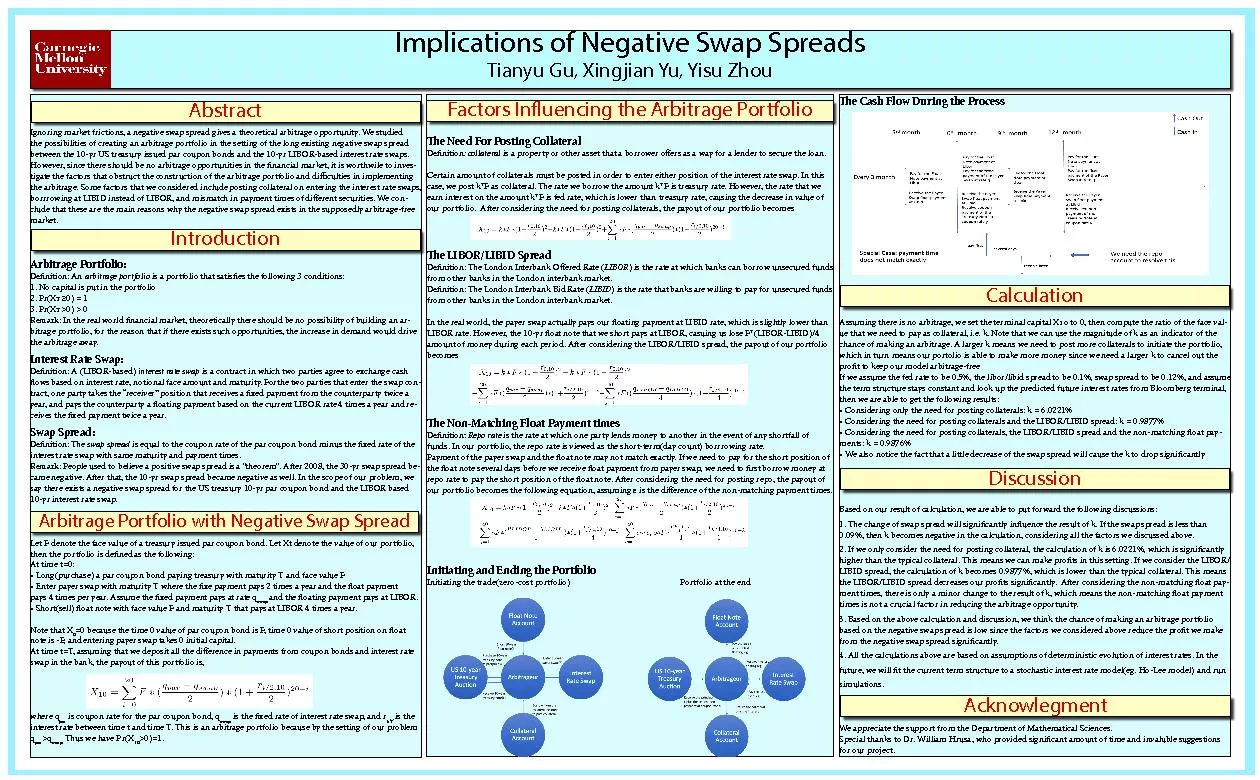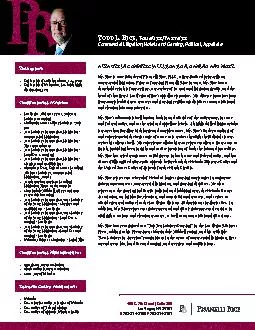PPT-Interest Rate Swap Agreements: Overview and Litigation Issues
Author : oneill | Published Date : 2023-10-31
By Jeff Novel 1601 Elm Street Suite 3700 Dallas Texas 75201 214 7774223 Email jnovelkrclcom Blog Lawofbankingcom Overview of Interest Rate Swap Agreement What
Presentation Embed Code
Download Presentation
Download Presentation The PPT/PDF document "Interest Rate Swap Agreements: Overview ..." is the property of its rightful owner. Permission is granted to download and print the materials on this website for personal, non-commercial use only, and to display it on your personal computer provided you do not modify the materials and that you retain all copyright notices contained in the materials. By downloading content from our website, you accept the terms of this agreement.
Interest Rate Swap Agreements: Overview and Litigation Issues: Transcript
Download Rules Of Document
"Interest Rate Swap Agreements: Overview and Litigation Issues"The content belongs to its owner. You may download and print it for personal use, without modification, and keep all copyright notices. By downloading, you agree to these terms.
Related Documents

